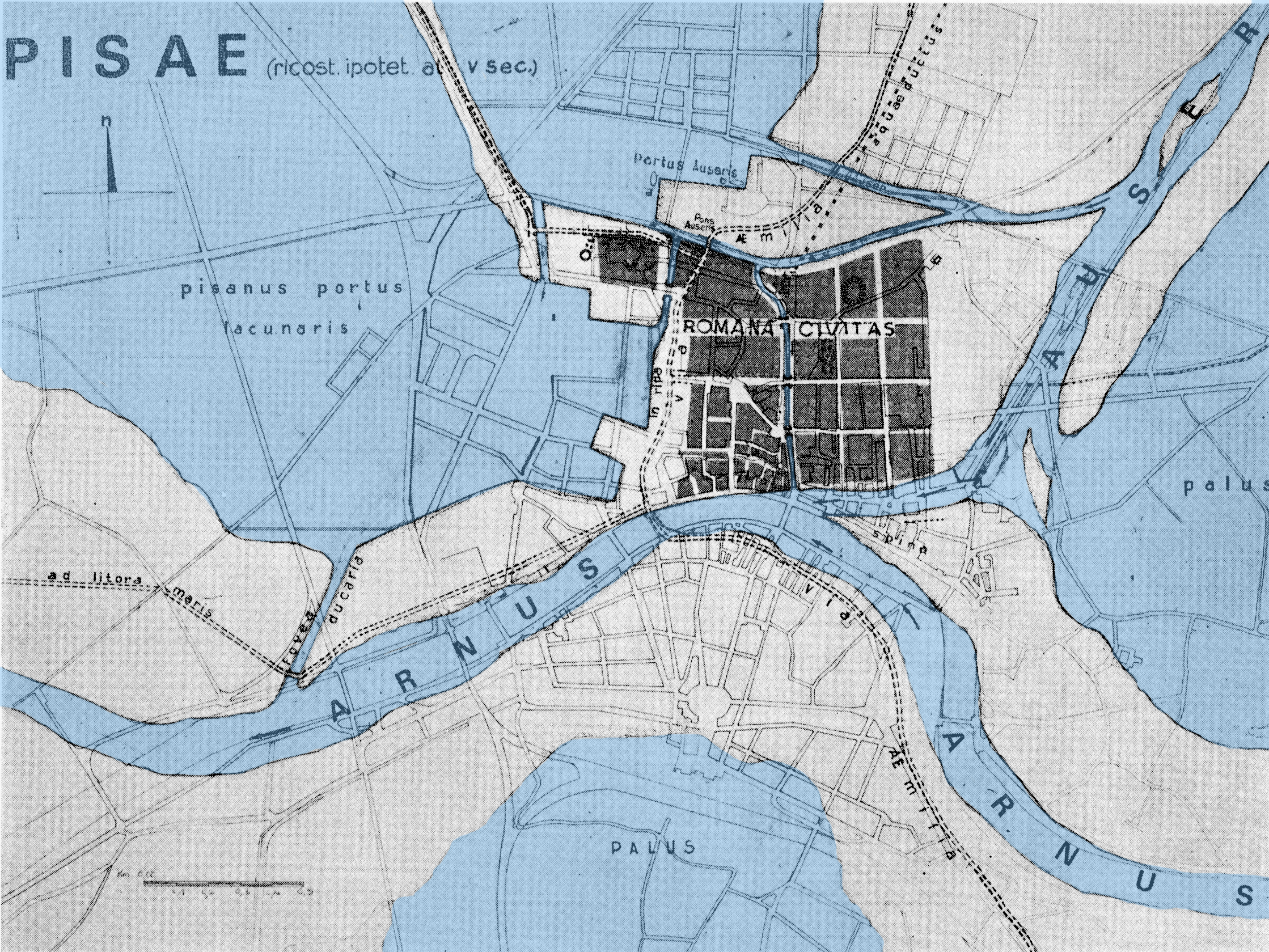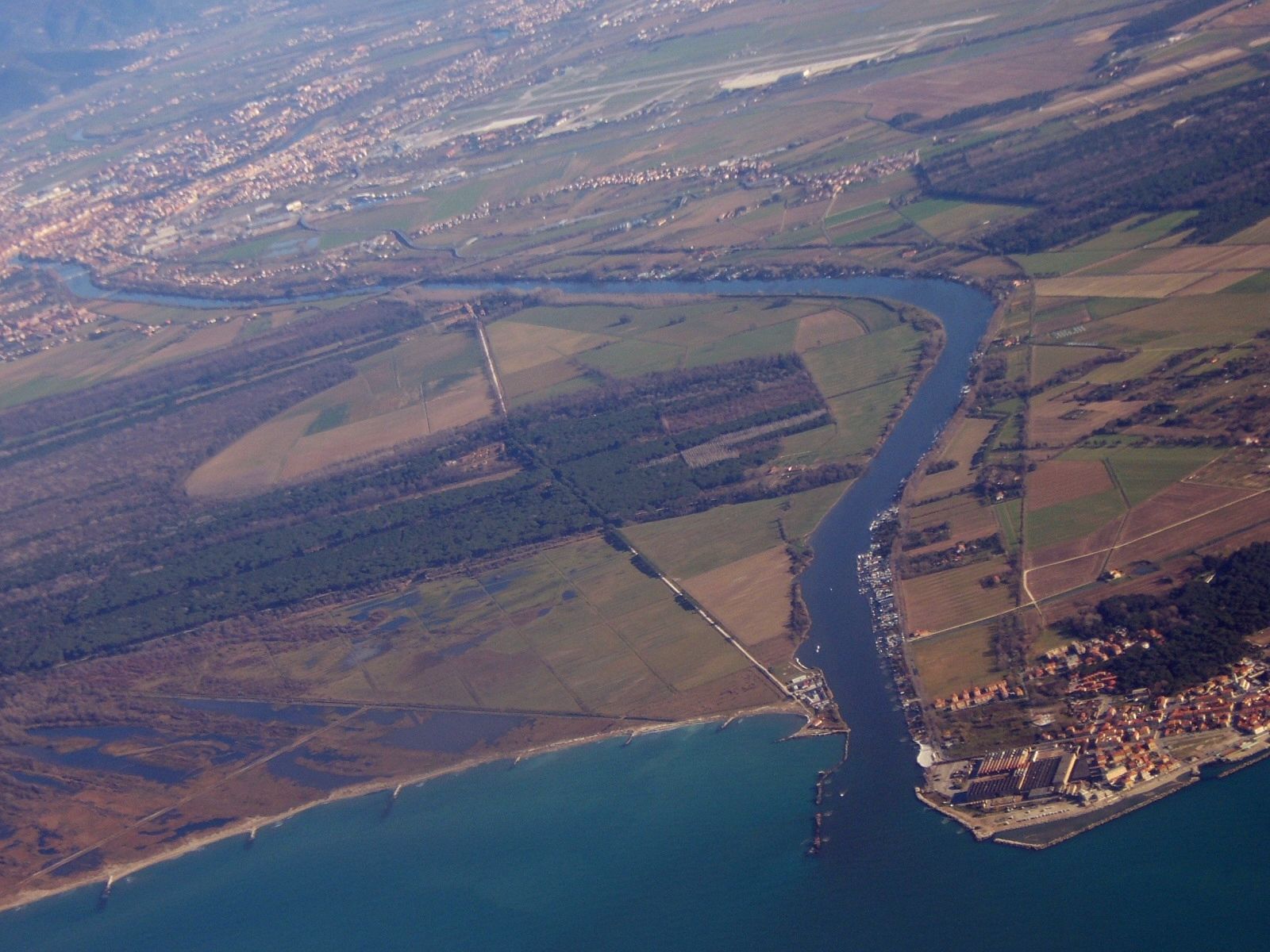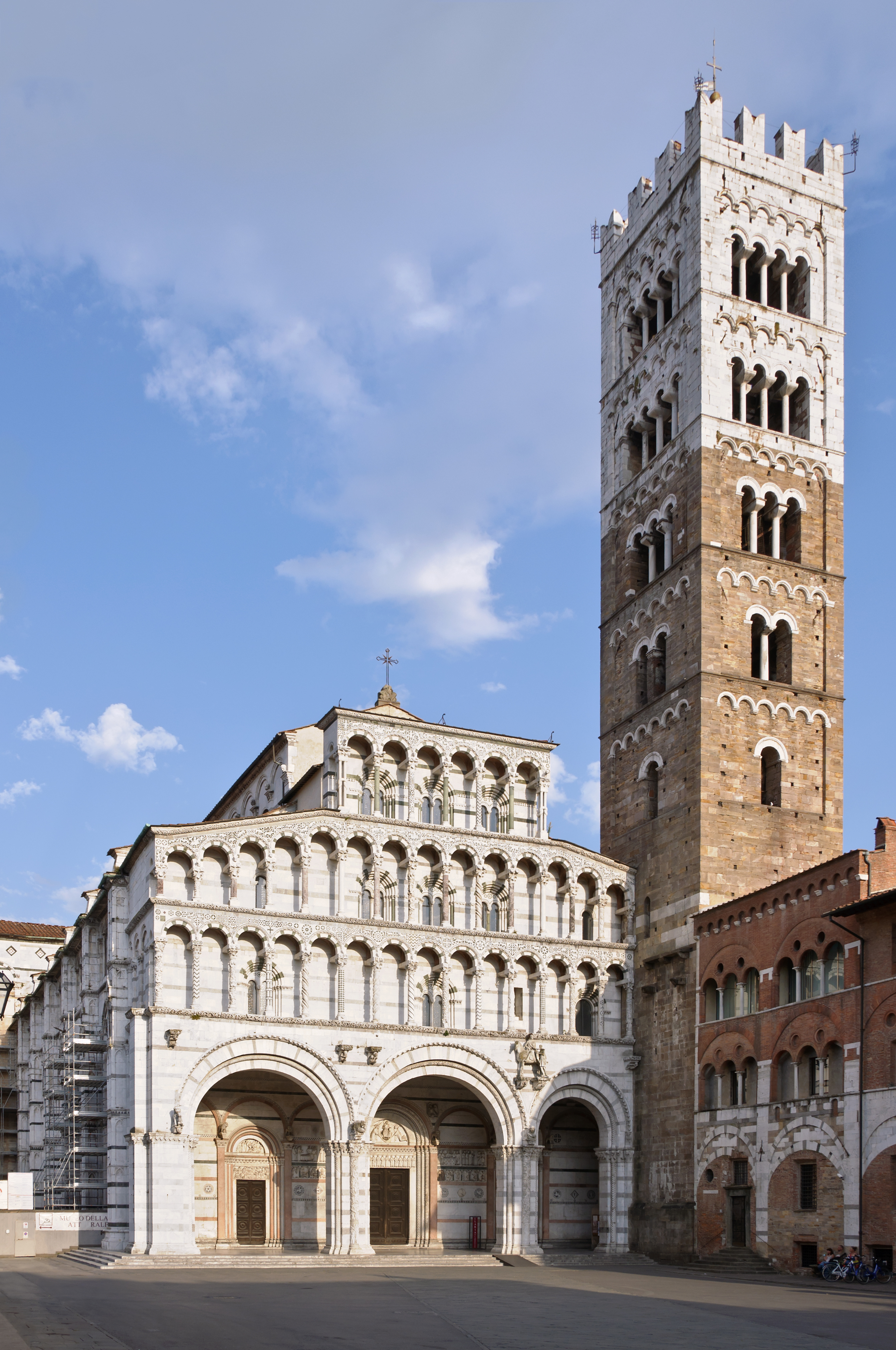|
Filettole
Filettole is a town on the Serchio River. It represents the border between province of Pisa and province of Lucca. Its castle had a defensive function against the Lombards. It is named after "Fylakterion", which means "defensive place" in the Greek language. It belonged to the Roncioni family at the end of the tenth century, and then to the Bishop of Pisa. Involver in the battles with the near Republic of Lucca, it is bought by Gambacorti at the end of the 14th century, then acquired by the Grand Duchy of Tuscany. Now it is part of Vecchiano Vecchiano is a ''comune'' (municipality) in the Province of Pisa in the Italian region Tuscany, located about west of Florence and about north of Pisa. It is home to a castle, known as Gaetani or Lanfranchi castle, or as the hermitage of Santa M .... In 1944, soldiers of German 16th SS division "Reichsfuhrer" shot 40 people in Filettole, including Don Angelo Uniti. This dramatic episode is remembered as "la Strage del Canneto di Filetto ... [...More Info...] [...Related Items...] OR: [Wikipedia] [Google] [Baidu] |
Vecchiano
Vecchiano is a ''comune'' (municipality) in the Province of Pisa in the Italian region Tuscany, located about west of Florence and about north of Pisa. It is home to a castle, known as Gaetani or Lanfranchi castle, or as the hermitage of Santa Maria in Castello, which overlooks the town and the nearby plan. Vecchiano borders the following municipalities: Lucca, Massarosa, San Giuliano Terme, Viareggio Viareggio () is a city and ''comune'' in northern Tuscany, Italy, on the coast of the Tyrrhenian Sea. With a population of over 62,000, it is the second largest city within the province of Lucca, after Lucca. It is known as a seaside resort as .... References External links Official website Cities and towns in Tuscany {{Pisa-geo-stub ... [...More Info...] [...Related Items...] OR: [Wikipedia] [Google] [Baidu] |
Serchio River
The Serchio (; la, Auser) is the third longest river in the Italian region of Tuscany at , coming after the Arno at and the Ombrone, . By mean rate of flow, it is the second largest, smaller than Arno but larger than Ombrone. The principal source forms on the slopes of Monte Sillano, elevation and is joined by a secondary branch, the Serchio di Gramolazzo, at Piazza al Serchio. The river then crosses Garfagnana from north to south, from Sillano to a location beyond Castelnuovo di Garfagnana; from here it continues through the Media Valle touching the municipal borders of the Comune of Barga and crossing the territory of Borgo a Mozzano. In this section of the river, which is dammed in a number of places, it receives from the right the waters of the Edron, Tùrrite Secca, Tùrrite di Gallicano, Turrite Cava and the Pedogna; and from the left those of the Fiume, the Castiglione, the Sillico, and its most important tributary the Lima. This last, which is born at the Passo d ... [...More Info...] [...Related Items...] OR: [Wikipedia] [Google] [Baidu] |
Pisa
Pisa ( , or ) is a city and ''comune'' in Tuscany, central Italy, straddling the Arno just before it empties into the Ligurian Sea. It is the capital city of the Province of Pisa. Although Pisa is known worldwide for its leaning tower, the city contains more than twenty other historic churches, several medieval palaces, and bridges across the Arno. Much of the city's architecture was financed from its history as one of the Italian maritime republics. The city is also home to the University of Pisa, which has a history going back to the 12th century, the Scuola Normale Superiore di Pisa, founded by Napoleon in 1810, and its offshoot, the Sant'Anna School of Advanced Studies.Scuola Superiore Sant'Anna di Pisa Information statistics History
|
Province Of Pisa
The province of Pisa ( it, provincia di Pisa) is a province in the Tuscany region of central Italy. Its capital is the city of Pisa. With an area of and a total population of 421,642 (), it is the second most populous and fifth largest province of Tuscany. It is subdivided into 37 ''comuni''. With a history that dates to the Etruscans and Phoenicians, the province achieved considerable power and influence in the Mediterranean in the 12th and 13th centuries. Pisa, the provincial capital, is known for its Leaning Tower, and other historic landmarks that attract tourists. History The area has a long maritime history dating back to the Etruscans, the Phoenicians and the Gauls. Under the Roman Empire, it was responsible for naval battles against the Ligurians, Gauls and Carthaginians, becoming a Roman colony in 180 B.C. and gaining further colonial independence under Julius Caesar. Thanks to its complex river system, with the fall of the Roman Empire, Pisa did not suffer unduly and w ... [...More Info...] [...Related Items...] OR: [Wikipedia] [Google] [Baidu] |
Lucca
Lucca ( , ) is a city and ''comune'' in Tuscany, Central Italy, on the Serchio River, in a fertile plain near the Ligurian Sea. The city has a population of about 89,000, while its province has a population of 383,957. Lucca is known as one of the Italian's "Città d'arte" (Arts town), thanks to its intact Renaissance-era city walls and its very well preserved historic center, where, among other buildings and monuments, are located the Piazza dell'Anfiteatro, which has its origins in the second half of the 1st century A.D. and the Guinigi Tower, a tower that dates from the 1300s. The city is also the birthplace of numerous world-class composers, including Giacomo Puccini, Alfredo Catalani, and Luigi Boccherini. Toponymy By the Romans, Lucca was known as ''Luca''. From more recent and concrete toponymic studies, the name Lucca has references that lead to "sacred wood" (Latin: ''lucus''), "to cut" (Latin: ''lucare'') and "luminous space" (''leuk'', a term used by ... [...More Info...] [...Related Items...] OR: [Wikipedia] [Google] [Baidu] |
Lombards
The Lombards () or Langobards ( la, Langobardi) were a Germanic people who ruled most of the Italian Peninsula from 568 to 774. The medieval Lombard historian Paul the Deacon wrote in the '' History of the Lombards'' (written between 787 and 796) that the Lombards descended from a small tribe called the Winnili,: "From Proto-Germanic '' winna-'', meaning "to fight, win" who dwelt in southern Scandinavia (''Scadanan'') before migrating to seek new lands. By the time of the Roman-era - historians wrote of the Lombards in the 1st century AD, as being one of the Suebian peoples, in what is now northern Germany, near the Elbe river. They continued to migrate south. By the end of the fifth century, the Lombards had moved into the area roughly coinciding with modern Austria and Slovakia north of the Danube, where they subdued the Heruls and later fought frequent wars with the Gepids. The Lombard king Audoin defeated the Gepid leader Thurisind in 551 or 552, and his successor ... [...More Info...] [...Related Items...] OR: [Wikipedia] [Google] [Baidu] |
Greek Language
Greek ( el, label= Modern Greek, Ελληνικά, Elliniká, ; grc, Ἑλληνική, Hellēnikḗ) is an independent branch of the Indo-European family of languages, native to Greece, Cyprus, southern Italy (Calabria and Salento), southern Albania, and other regions of the Balkans, the Black Sea coast, Asia Minor, and the Eastern Mediterranean. It has the longest documented history of any Indo-European language, spanning at least 3,400 years of written records. Its writing system is the Greek alphabet, which has been used for approximately 2,800 years; previously, Greek was recorded in writing systems such as Linear B and the Cypriot syllabary. The alphabet arose from the Phoenician script and was in turn the basis of the Latin, Cyrillic, Armenian, Coptic, Gothic, and many other writing systems. The Greek language holds a very important place in the history of the Western world. Beginning with the epics of Homer, ancient Greek literature includes many works of l ... [...More Info...] [...Related Items...] OR: [Wikipedia] [Google] [Baidu] |
Bishop Of Pisa
The Archdiocese of Pisa ( la, Archidioecesis Pisana) is a metropolitan see of the Catholic Church in Pisa, Italy."Archdiocese of Pisa" ''''. David M. Cheney. Retrieved November 19, 2017."Metropolitan Archdiocese of Pisa" ''GCatholic.org''. Gabriel Chow. Retrieved November 19, 2017. It was founded in the 4th century and elevated to the dignity of an on ... [...More Info...] [...Related Items...] OR: [Wikipedia] [Google] [Baidu] |
Republic Of Lucca
The Republic of Lucca ( it, Repubblica di Lucca) was a medieval and early modern state that was centered on the Italian city of Lucca in Tuscany, which lasted from 1160 to 1805. Its territory extended beyond the city of Lucca, reaching the surrounding countryside in the north-western part of today's Tuscany region, to the borders with Emilia-Romagna and Liguria. The Republic of Lucca remained independent until 1799. Later the state continued to exist but was, de facto, dependent upon Napoleonic France, and ceased officially its existence in 1805, when it was transformed in the Principality of Lucca and Piombino. Background Within the Imperial Kingdom of Italy, the city of Lucca had been the residence of the Margraves of Tuscany until the time of Margrave Hugh. A certain autonomy was granted by a 1084 diploma issued by Emperor Henry IV, while on his Italian campaign during the Investiture Controversy with Pope Gregory VII. No feudal castle could be built in the range of ... [...More Info...] [...Related Items...] OR: [Wikipedia] [Google] [Baidu] |
Grand Duchy Of Tuscany
The Grand Duchy of Tuscany ( it, Granducato di Toscana; la, Magnus Ducatus Etruriae) was an Italian monarchy that existed, with interruptions, from 1569 to 1859, replacing the Republic of Florence. The grand duchy's capital was Florence. In the 19th century the population of the Grand Duchy was about 1,815,000 inhabitants. Having brought nearly all Tuscany under his control after conquering the Republic of Siena, Cosimo I de' Medici, was elevated by a papal bull of Pope Pius V to Grand Duke of Tuscany on August 27, 1569. The Grand Duchy was ruled by the House of Medici until the extinction of its senior branch in 1737. While not as internationally renowned as the old republic, the grand duchy thrived under the Medici and it bore witness to unprecedented economic and military success under Cosimo I and his sons, until the reign of Ferdinando II, which saw the beginning of the state's long economic decline. It peaked under Cosimo III. Francis Stephen of Lorraine, a cogna ... [...More Info...] [...Related Items...] OR: [Wikipedia] [Google] [Baidu] |




